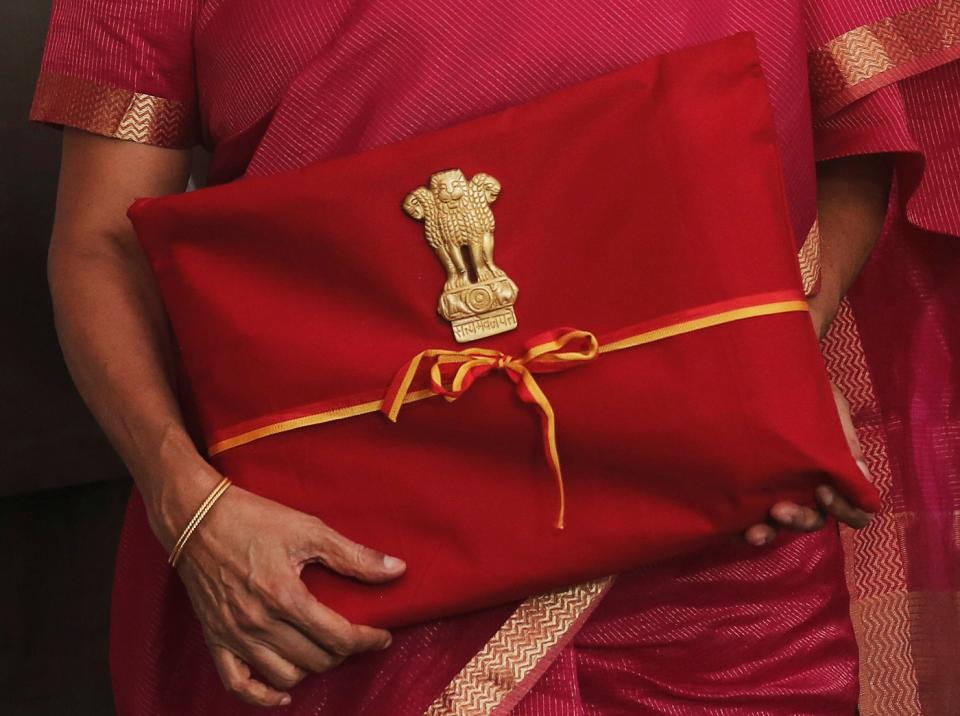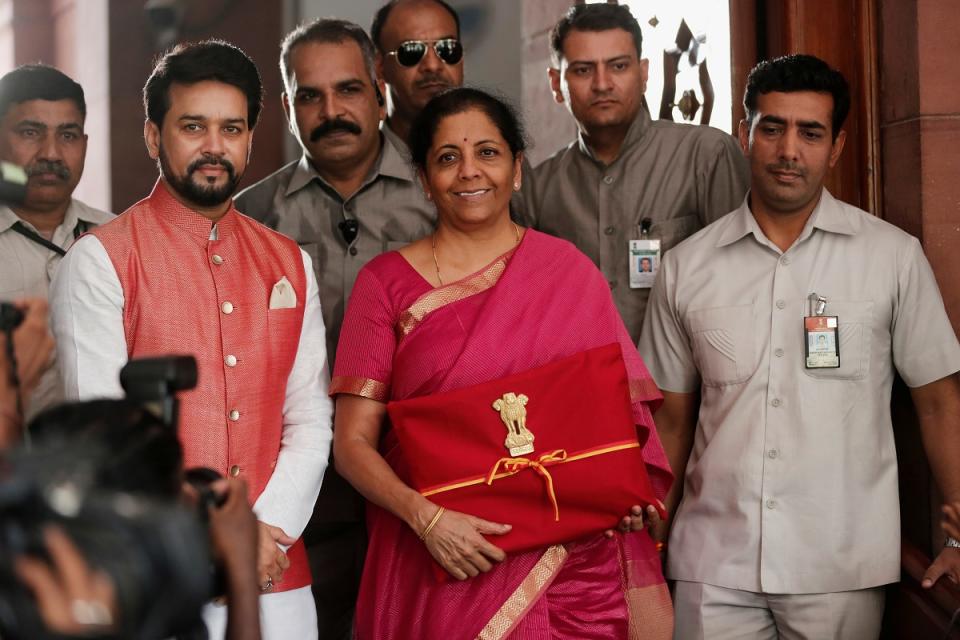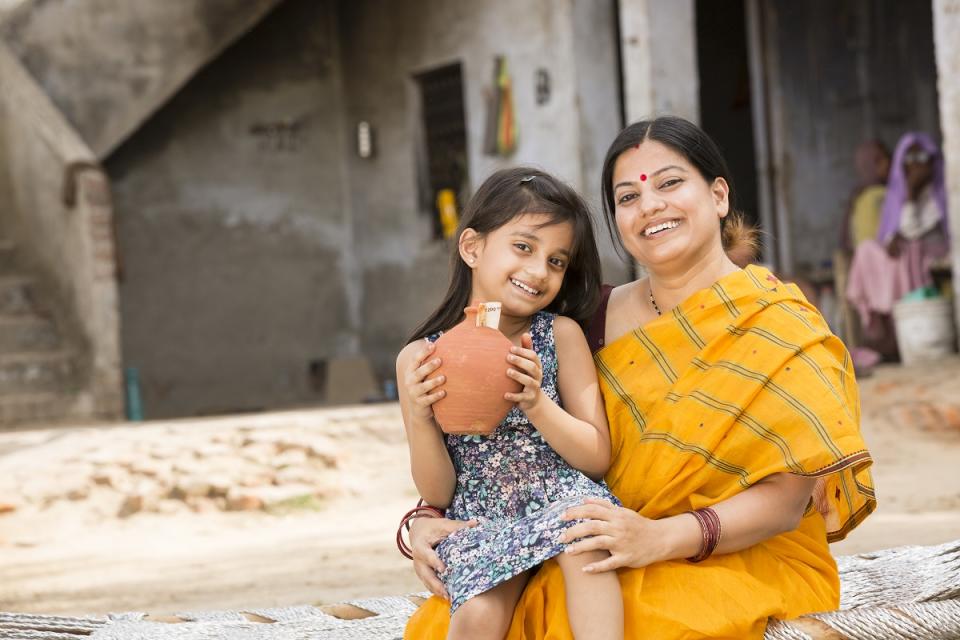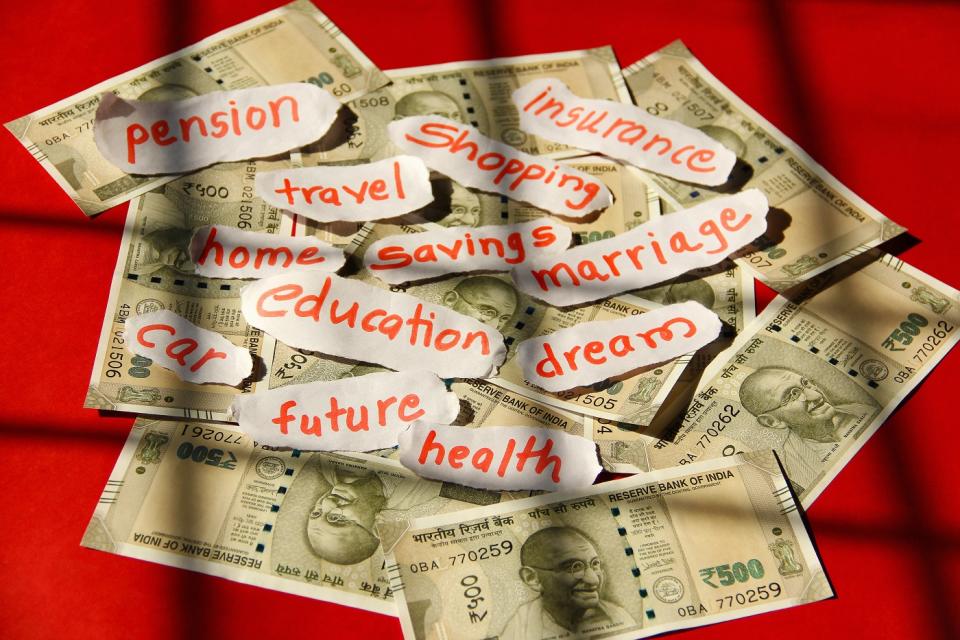Why Nirmala Sitharaman's Union Budget 2020 Must Focus on Women in India
With India’s first woman Finance Minister, Nirmala Sitharaman, presenting the annual Union Budget in a few weeks, much is expected from her in terms of economic policies upliftment of women in the country. The Finance Minister will deliver her budget speech, for the second consecutive year, on February 1.
In her first budget speech (in 2019), Sitharaman had clarified that rolling out women-led policies and bringing women into the socio-economic transformation of India is important to the NDA government. A new committee, ‘Naari tu Narayani,’ was formed to ensure maximum allocation of funds for women’s welfare. Stating that no social transformation is possible without the upliftment of women, Sitharaman had also introduced new policies at the time.

Yet, the Budget is coming in at a time when the country is looming under an economic threat. The Indian Statistics Office pegs India’s GDP for FY 2020 to be at five percent, the lowest in 11 years. Naturally, the Budget must have policies that can hike the GDP and elevate women’s economic position.
Walking the Talk in Policy
Last year, interest subvention programs were introduced for the first time for all women, in accordance with the Self Help Group (SHG) program. Accordingly, any woman who is a part of an SHG and has a verified Jan Dhan account will get an overdraft facility of Rs.5000.
However, World Economic Forum’s report on Gender Parity 2020 reveals that gender gap in terms of economic opportunities in India for women are ‘extremely limited.’ In terms of economic participation and opportunity, only 35.4 percent gap between men and women in India has been filled, thereby becoming one of the 10 poorest-performing countries in the world.
Even within the labour market, gender gaps widen with the seniority level. Globally, 36 percent of senior managers in the private sector and public sector are women, whereas in India it makes for only 13.8 percent. All these factors put pressure on this year’s budget to ensure minimising these gaps.

Delhi-based media professional Paoni Patidar says, “An inclusive women’s need-driven allocation of funds is necessary. Schemes like National Skill Development Mission, Mudra-scheme, easy access to loans for entrepreneurial initiatives by women National Nutrition Mission, Anganwadi workers, Swadar Greh, One Stop Centre Scheme, and STEP (Support to training and Employment Program for Women) should get more funds.”
Allocation of funds
In Budget 2019, 4.91 percent of total funds - $1.37 trillion – was allocated for schemes for women. This was lower than the percentage in the previous years, where the percentage of funding allocated for women’s schemes stood at 4.99 and 5.78 respectively.
Vasundhara Priyadarshini Mahadev, a Bengaluru-based scholar on Media Studies, opines that more funds need to be allocated for women’s education at the grassroot level. She went on to add that initiatives such as STEP should also be implemented in universities and schools with a lower fund size in order to inculcate the spirit of entrepreneurship.
Vasundhara believes that this will encourage more women to move to universities and give them an understanding of entrepreneurship so that they can actively pursue it.

The question of women’s safety
With the recent Hyderabad rape case and Unnao rape cases evoking nation-wide protests, women’s safety will also be of paramount importance to the budget.
Nirupama Subramanian, Co-founder and Managing Partner at GLOW-Growing Leadership of Women, says, “The data from National Crime Records Bureau shows that crimes against women are increasing in India. Budget 2019 was supposed to be a woman-friendly budget with an allocation of 4.91 percent of funds towards projects and schemes for women. The Nirbhaya Fund and schemes like MUDRA, Ujjwala Yojana, Saubhagya and finance for Self Help Groups are steps in the right direction; yet much more need to be done.”
It needs to be seen how the Finance Minister implements ways to ensure that schemes like the Nirbhaya Fund are properly implemented across states. States like Telangana, where the Hyderabad rape case took place, was allocated a total fund size of Rs 10,351.88 lakh. However, only a meagre Rs 419 lakh has been used. States like Maharashtra, Sikkim, and Meghalaya have not used any of the allocated funds. On the other hand, several states used a very minimal amount of funds only to set up universal Women Helpline Scheme.
Nirupama adds, “This budget needs to focus on both long term and short- term, direct and indirect measures to ensure safety, well-being, education and employment of women. I would like to see funding for gender sensitization programs in all schools and colleges, for the police and public service workers. Focusing on infrastructure like street lighting, adequate transport facilities and roads is critical for the mobility and employability of women.”

Women in workforce
The Global Gender Gap index rankings of 2020 by the World Economic Forum show that India is ranked 149 in terms of economic participation and opportunity. Vasundhara says that the government should look at implementing policies to increase women’s participation in workforce by incentivising both women and organisations to make them join the workforce.
Nirupama agrees, saying, “Direct measures should include provisions to incentivize women to return to work after maternity - both for the returning mother and the employing organization. Increasing the tax breaks for women-owned and women-run businesses, and incentives for companies that give contracts to women-owned businesses will support women entrepreneurs.”
Appreciating the government’s attitude towards women-led policies and initiatives, Paoni says, “Government has moved from ‘for women’ initiatives to ‘by women’ initiatives, and has taken steps towards women empowerment. But actual execution and visible change are yet to happen. It will show results in a few years; no immediate results can be expected. The budget needs to look at women as equal stakeholders rather than as beneficiaries; only then can we truly empower women.”
(Edited by Athira Nair)


